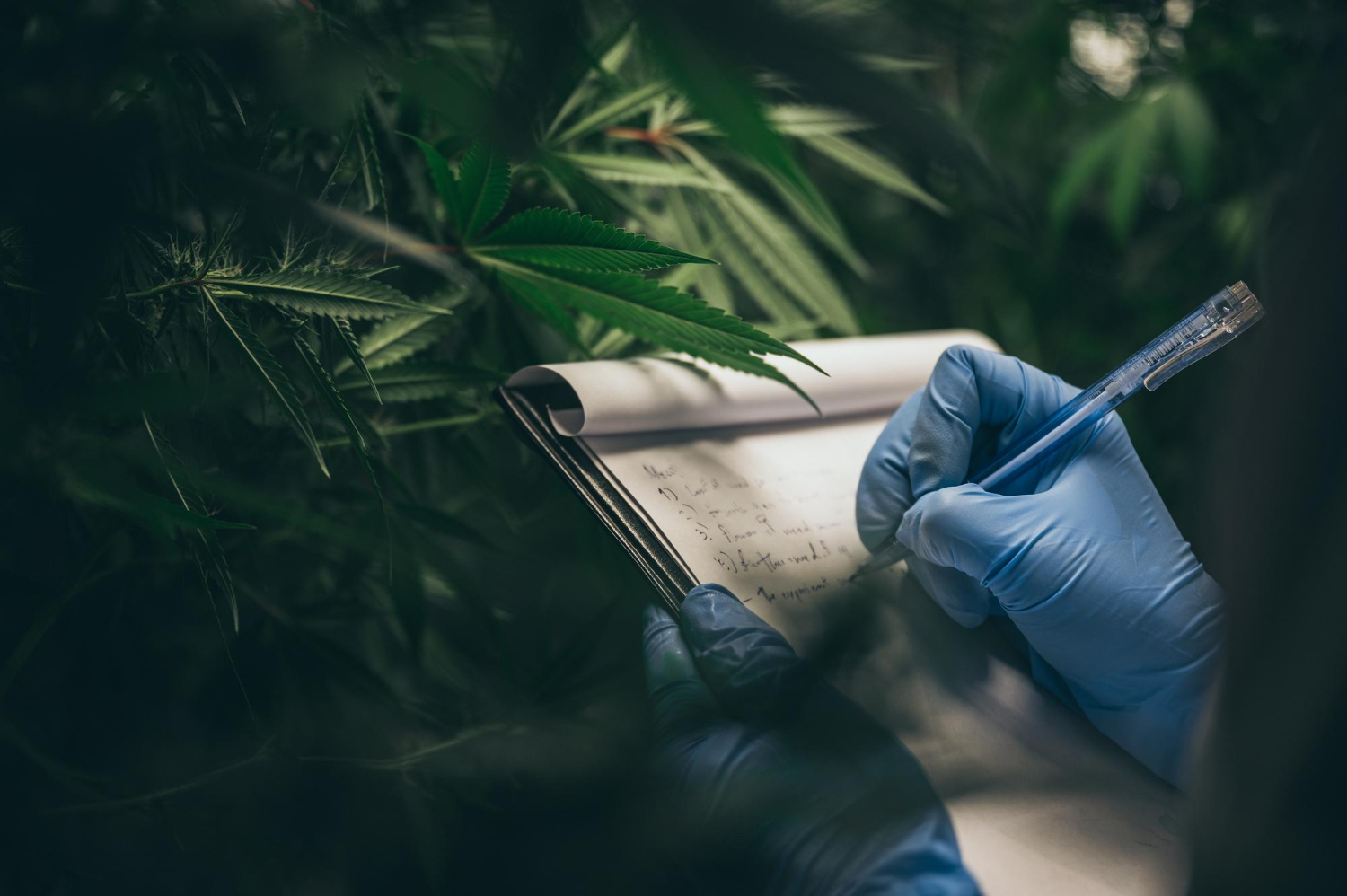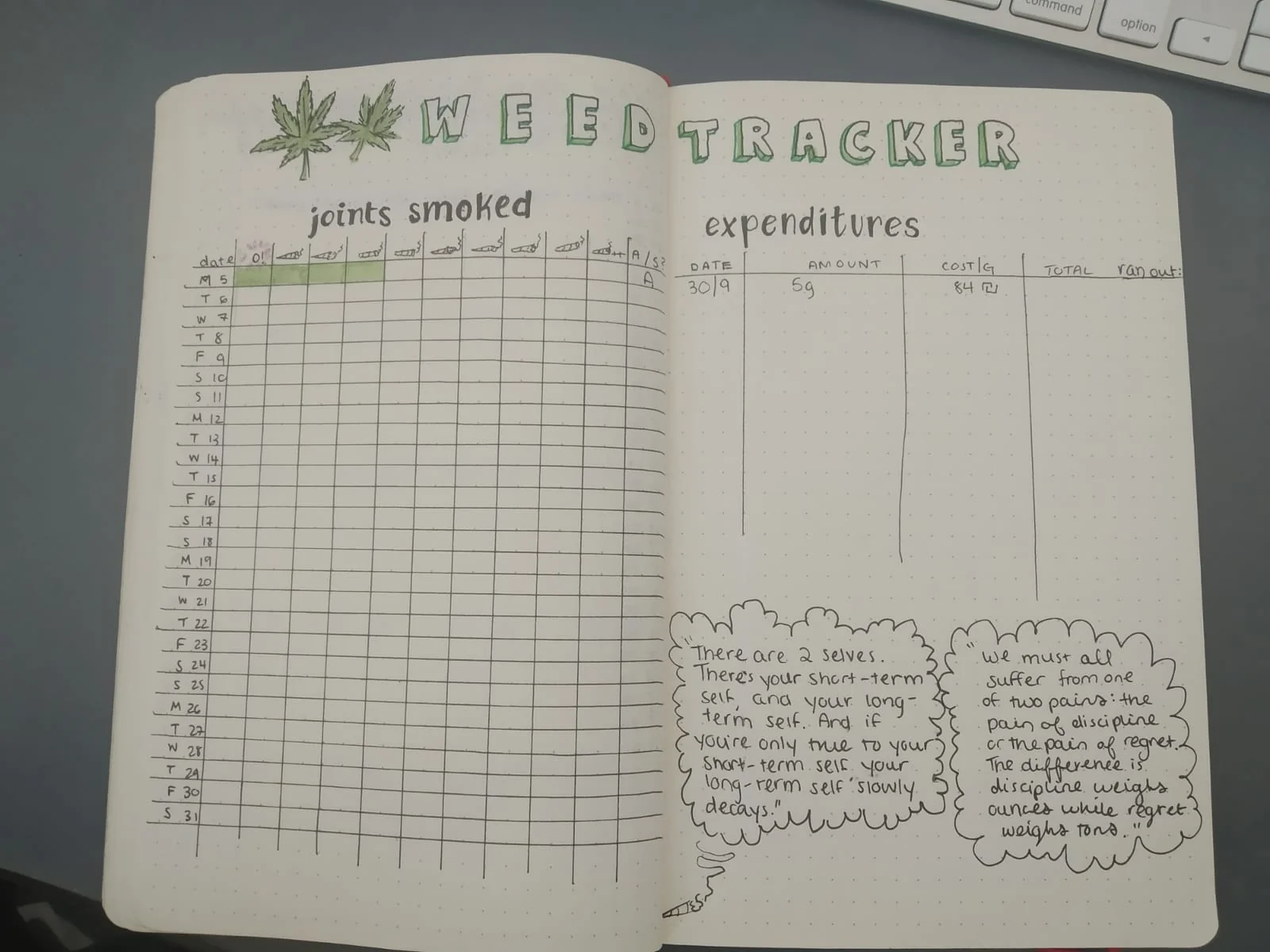In 2025, cannabis journaling has emerged as a cornerstone practice for individuals seeking a more intentional relationship with cannabis. No longer limited to medical patients, journaling is embraced by recreational consumers who want to understand the nuances of their sessions, enhance positive effects, and avoid overconsumption. By tracking details such as strain profiles, dosage, setting, and effects, cannabis users can shift from casual, unconscious habits to mindful, purpose-driven use. This shift not only improves the quality of each session but also promotes better alignment between cannabis and lifestyle goals.
Why Conscious Consumption Matters in 2025

Conscious consumption is about making deliberate choices rather than following automatic patterns. In the cannabis space, this means pausing to consider why, when, and how you’re consuming. In a market filled with high-potency strains, potent concentrates, and an expanding array of edibles, it’s easy to consume more than intended or to rely on cannabis for every mood shift. Journaling introduces a structured pause that encourages users to reflect on their intentions before use, which can help prevent dependency, improve self-control, and preserve the plant’s benefits over the long term.
What to Record for Better Self-Awareness
A cannabis journal should capture more than just the name of the strain and the amount used. Recording pre-consumption mood, energy levels, and specific goals for the session—such as relaxation, creativity, or social engagement—adds depth to your tracking. Details like cannabinoid content, terpene profiles, method of ingestion, onset time, and duration of effects help identify patterns in how different products affect you. Logging post-session reflections, including physical sensations and emotional changes, allows for clearer recognition of both beneficial and undesirable outcomes.
Digital Tools and Apps for Cannabis Journaling
In 2025, digital cannabis journals and mobile apps have transformed the tracking process into a seamless, data-driven experience. These tools allow users to store strain information, log use in real time, and analyse trends over weeks or months. Many integrate with wearable devices to track heart rate, sleep quality, and daily activity, creating a more comprehensive picture of how cannabis fits into overall wellbeing. Some platforms also use AI to recommend optimal strains, dosing schedules, and even ideal times of day based on your past entries, making journaling both informative and interactive.
How Journaling Prevents Overconsumption
One of the most valuable outcomes of cannabis journaling is its ability to highlight creeping tolerance and unnecessary use. By reviewing your logs, you might notice that you’re consuming more frequently than intended or using higher doses without experiencing stronger effects. Recognising these patterns allows you to take proactive steps, such as incorporating tolerance breaks, switching to lower-potency products, or limiting consumption to certain days of the week. This creates a sustainable approach that protects the plant’s effectiveness while maintaining enjoyment.
Aligning Cannabis with Wellness Goals
For those integrating cannabis into a wellness routine, journaling serves as a personal guide to achieving balance. Tracking can reveal which strains enhance productivity in the morning, which support deeper sleep, or which pair well with meditation and exercise. Medical users can document symptom relief and side effects to share with healthcare providers, ensuring more precise treatment recommendations. By aligning cannabis use with specific goals—whether they are physical, mental, or emotional—users can transform cannabis from a casual pastime into a purposeful component of their lifestyle.
Starting a Conscious Cannabis Journal

Beginning a cannabis journal in 2025 can be as simple as a pen-and-paper notebook or as advanced as a dedicated mobile app. The most important element is consistency—log every session, regardless of size or significance, to build a reliable dataset. Over time, these records will reveal personal patterns that can guide future consumption choices. For new users, starting a journal from day one encourages intentionality from the beginning, while experienced users can use journaling to refine habits, explore new products, and deepen their appreciation of the plant.




Leave a Reply